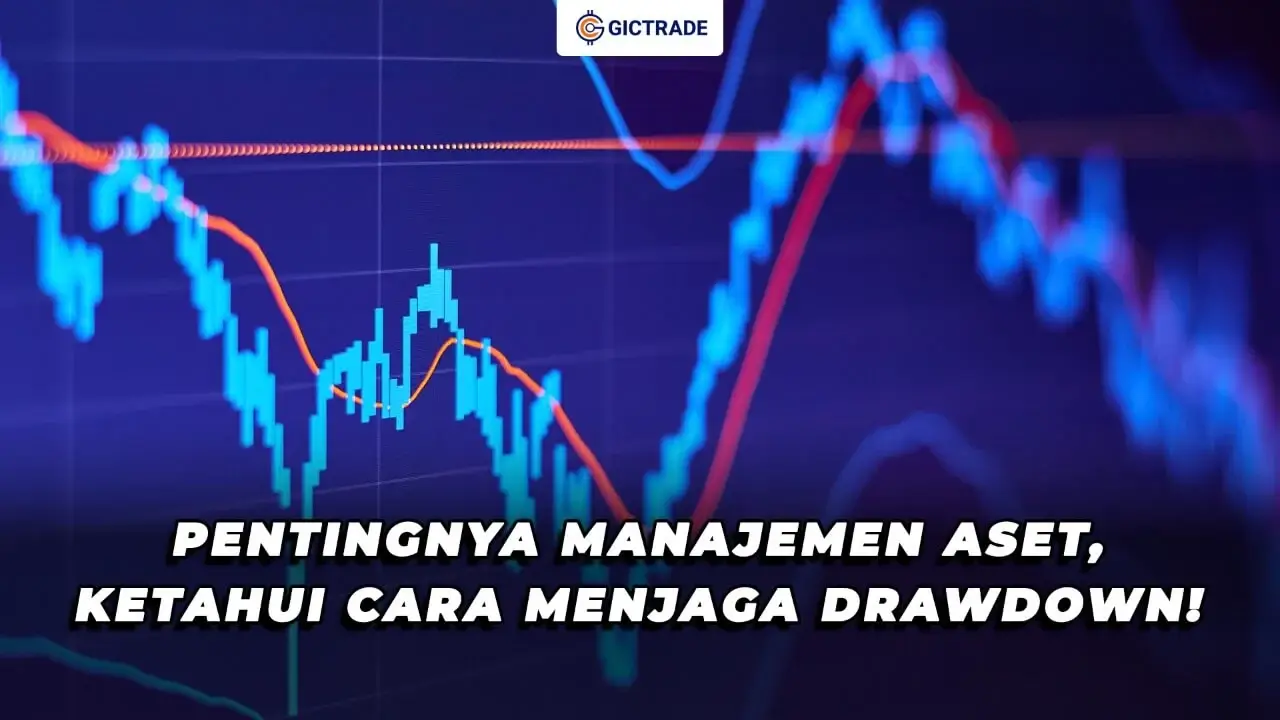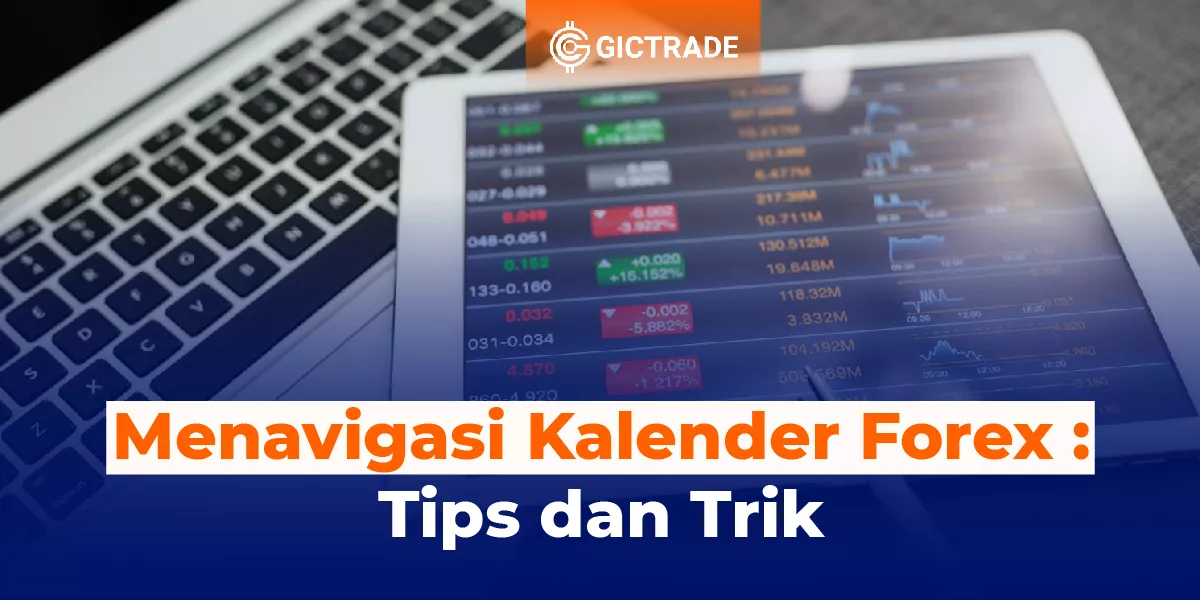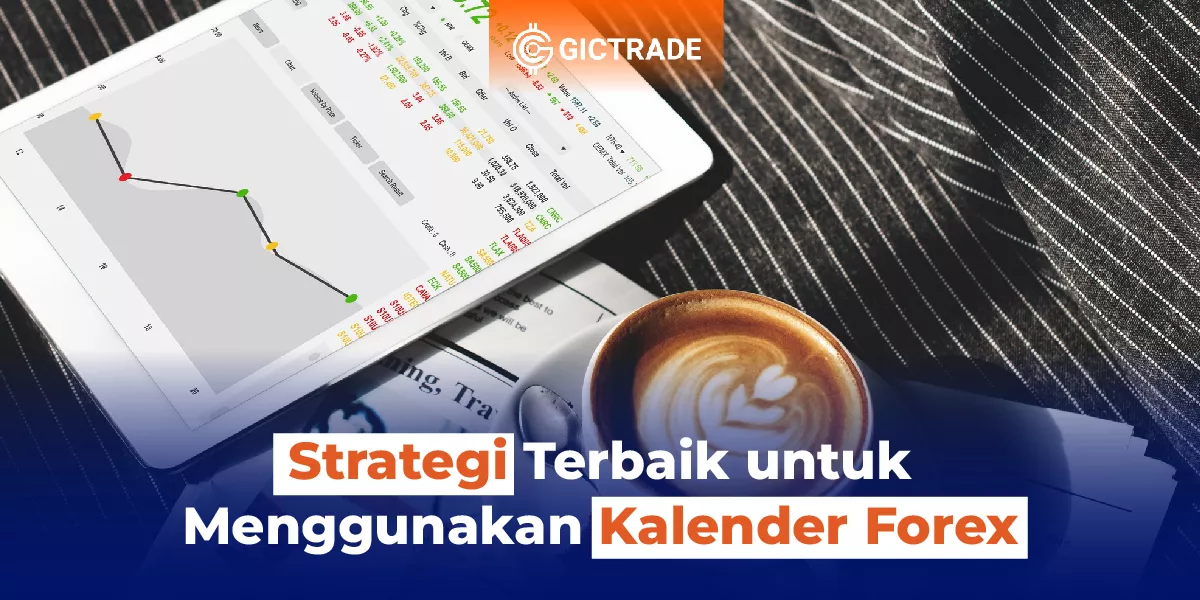Important Info!
Investment Risk: Definition, Types, and How to Prevent
Enjoy Tens of Millions of Profits Using This!
What Is Drawdown?
[caption id="attachment_21449" align="aligncenter" width="1024"] drawdown is[/caption] Drawdown is an investment term that refers to the decline in the value of a single investment or investment portfolio from a relative peak value to a relative trough. This is an important risk factor for investors to consider, becoming more important in asset management in recent years. Drawdown is usually referred to as a percentage number. For example, if the value of an investment portfolio drops from $10,000 to $7,000, then it decreases by 30%. Two key elements should be seen in relation to Drawdown. The first is money, and the second is time. The money element refers to the monetary amount of the Drawdown. The time element refers to how long the Drawdown lasts – that is, the period of time that passed before the value of the investment recovered the amount of the Drawdown, rising to a relatively recent peak value.
drawdown is[/caption] Drawdown is an investment term that refers to the decline in the value of a single investment or investment portfolio from a relative peak value to a relative trough. This is an important risk factor for investors to consider, becoming more important in asset management in recent years. Drawdown is usually referred to as a percentage number. For example, if the value of an investment portfolio drops from $10,000 to $7,000, then it decreases by 30%. Two key elements should be seen in relation to Drawdown. The first is money, and the second is time. The money element refers to the monetary amount of the Drawdown. The time element refers to how long the Drawdown lasts – that is, the period of time that passed before the value of the investment recovered the amount of the Drawdown, rising to a relatively recent peak value.
Drawdowns in the Trading World
When it comes to forex trading, Drawdown refers to the difference between the high point in your trading account balance and the next low point of your account balance. The difference in your balance reflects the capital lost due to losing trades. When you lose money in a trade, you have what is known as a "Drawdown". For example, let's say your currency trading account starts with a balance of $100,000. You run your trading system, and after a bad trade, you see your account equity drop to $95,000. Your account has experienced a $5,000 Drawdown.Important Info!Things to Do After Experiencing Forex Trading Losses
Stop Trading Nipu Mode, Follow This for Consistent Profits!
Types of Drawdowns
The drawdown is the difference between some local maximum points on your balance chart and the next next minimum point in that chart. This is the amount of risk at which your strategy could go down during a losing streak. There are three types of Drawdown that are used as important properties of an expert advisor (for example, on the MetaTrader platform) — Absolute Drawdown, Relative Drawdown, and Maximum Drawdown.Absolute Drawdown
Absolute Drawdown is the difference between the initial deposit and the minimum point below the deposit level during the entire testing period. It tells you how much you lose compared to the initial deposit during trading. If this value is 0 during testing, then your deposit is not risky according to this metric.Maximal Drawdown
Maximal Drawdown is the maximum difference between the local maximum extreme and the next local minimum extreme in your equity chart. It tells you how low your strategy is after making a profit. It can also be called the depth of a losing streak. It is generally a good idea not to trade with an expert advisor that has a Maximal Drawdownl higher than the profit. But I don't recommend trading even with strategies or expert advisors that have a Maximal Drawdownl at a rate higher than 25% of net profit. Think about your own risk-to-reward ratio and don't trade with EAs that don't adhere to it.Relative Drawdown
Relative Drawdown is the maximum Drawdown percentage which indicates the ratio between the maximum Drawdown and the local upper extreme value respectively (of equity).Important Info!
How to Trade Forex Correctly for Beginner Traders
Follow This Method If You Want to Get Hundreds of Millions in 1 Month!
The Importance of Drawdown
Drawdown is an important risk factor for investors to consider. So here are the importance of drawdowns for your trading and investments.Money
The Drawdown risk factor is very important for investors to consider, but, unfortunately, it is often overlooked. Why is Drawdown so important? To answer that question, let's look at some examples of investor situations and how drawdowns can affect them. Suppose you're considering implementing a new trading strategy that has historically proven to be quite profitable overall, with an average annual return on investment of more than 20%. Sounds good, right? However, after looking at the track record of using previous strategies, you see that they have experienced Drawdowns in the amount of $6,000, $7,000, and on one occasion, even $10,000. Nonetheless, the strategy has been profitable overall, taking a hypothetical initial investment of $5,000 to more than $25,000 over a four-year period. Drawdowns are still important to consider for the following reasons: Assume that you start trading using the strategy, with an initial investment of $5,000, and happen to be unfortunate enough to start trading the strategy at the time of starting to experience one of the Drawdown periods. If the Drawdown only matches the previous lowest Drawdown amount of $6,000, then your initial investment of $5,000 will be completely wiped out before you can enjoy the benefits of the overall success of the strategy.Time
The second example of how this Drawdown problem looks at the time element to consider – the amount of time it takes for an investment to recover a Drawdown loss and move to a new, relatively high value. Assume that you are considering investing in mutual funds. The overall performance of mutual funds is excellent, and the fund has not experienced excessive depreciation. Over the previous seven years, the fund had only experienced two significant drawdowns – one of 10% and one of 20%. However, when Drawdowns have occurred, they have been going on for a long period of time – on average, about 18 months. In other words, when there is a significant decline in the net asset value (NAV) of a mutual fund, it can take about a year and a half for the fund to recover losses and rise to new highs. Now, suppose when you invest in the fund, you anticipate the need to cash out your investment one year from now when you will have some big expenses to bear. If the fund has a 10% Drawdown after your investment in it, then, based on past performance, it is unlikely that the fund's value will recover before you need to sell your shares. As such, you may be forced to liquidate your position in the mutual fund at a loss. Aware of this, you may want to consider investing in alternative mutual funds whose past history shows faster recovery, with shorter drawdown periods.Important Info!Mengenal Money Management, Jurus Jitu Antisipasi Kerugian
No need for spreads to be too high, use this account!
How to Keep Drawdowns Low
It is very important that you have a defined process in place to control withdrawals. Think of this as a disaster prevention plan for your trading business. Here is an outline of how to manage subpar performance when trading Forex.1. Keep risk as low as possible
What will happen if you lose 20 trades in a row? Think about it for a moment. Take the percentage you bet per trade and multiply it by 20 and see what you get.2. Reduce risk if losses continue
The second step in this process is to lower your risk per trade if losses continue. When you find yourself in a trading slump, you have three options. The first is to keep risking the same amount per trade. While this option isn't the worst of the three, it won't help you turn things around either.3. Set withdrawal limits
In addition to walking away, which we will discuss next, this is arguably the most difficult step to follow. A few months will feel like the whole market is against you. If you've never experienced it, it's only a matter of time. One way to prevent losses from accumulating when you exit the game is to set a weekly or monthly limit. Just like you set risk per trade, you can set a withdrawal limit.4. If all else fails, go
As Forex traders, we have to pick and choose our battles. Day by day we are under the power of the market. Sure, we can choose the settings we take, including the exit point and the amount we stake, but the price action is out of our control. If things don't go your way, you can take a break from trading. It was a very strong position, yet few traders took advantage of it. When faced with a drawdown situation, most traders feel the need to go the extra mile. They want to get back what they just lost as quickly as possible. But the Forex market has a way of pushing back. The harder you try, the more the market rejects. And with a volume of more than $5 trillion per day, the market always wins. If losses continue to increase even after reducing your risk and maybe even your trading frequency, just go. Spend time with your family or play your favorite sport. Whatever you choose, be sure to stay away from your charts. After a few days or even a full week, go back to your charts. You'll be amazed at how a short break from trading can help you bounce back from a losing streak. After knowing about this drawdown, you can read other articles in the GIC Journal. Use an ECN account when trading on GIC to earn spreads starting from zero. Also, also participate in the GIC Gebyar Prize to get a total prize of 1 Billion Rupiah without being drawn!
 Last:
Last: 







